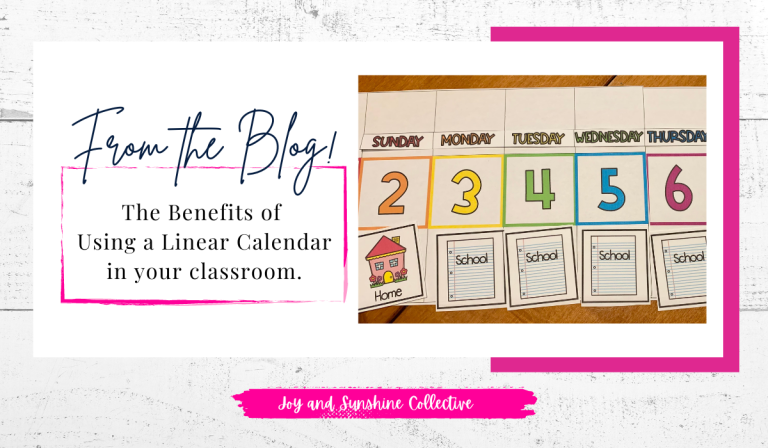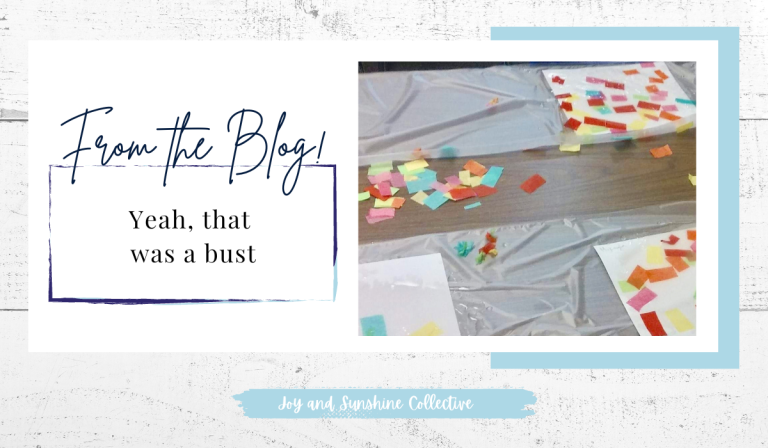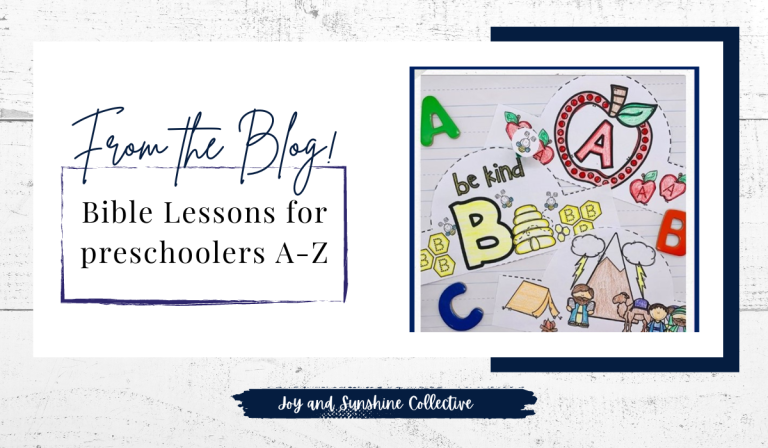As preschool educators, we face the joyful challenge of making math concepts engaging and accessible for our youngest learners. How do we create lessons that not only teach but also delight? Enter the Fun Math Garden, a year-long sensory bin approach that simplifies your planning while captivating your students.

Why a Math Garden?
Imagine a learning experience where children eagerly dive into hands-on Preschool Math Lesson Plans, excited to explore new themes each month. The Math Garden does just that. By setting up a sensory bin—complete with fake grass and a mini white picket fence—and simply swapping out themed cards and materials monthly, you create a consistent routine that grows with the seasons. This approach fosters familiarity, reduces prep time, and helps children confidently build their math skills in counting and number recognition over time.
How It Works
The Math Garden is as simple as it is effective. Each month, you’ll:
- Set Up the Garden: Fill a small sensory bin ( I used a flat, shallow tray) with items tied to the month’s theme—like green shredded paper for grass, fake autumn leaves, colorful pom-poms, or tiny snowflake cutouts.
- Sing the song: Teach children the simple rhyme that accompanies each set.
- Introduce the Cards: Swap out activity cards to match the theme and focus on specific math skills like counting, sorting, or patterning.
- Watch the Learning Bloom: Children will instantly recognize the routine, making it easy for the little learners to focus on the new theme while exploring familiar tools.
This seamless structure means less stress for you and more meaningful learning for your students.

Skills That Blossom
The Fun Math Garden covers key math concepts to give your students the opportunity to:
- Identifying: Recognize and identify numbers from 1 to 10
- Counting: Count objects and match them to the correct number
- Grouping: Develop one-to-one correspondence skills
These foundational skills are introduced in playful ways that feel natural and enjoyable to preschoolers.
Seasonal Themes for Year-Round Joy
Each month brings a new theme, keeping activities fresh and exciting. If you are looking for Seasonal Collections you can look here; Fall, Winter, Spring, and Summer. Here are the monthly themes included in the Fun Math Garden:
- January: Birds in the nest
- February: Winter garden bulbs
- March: Carrots and bunnies
- April: Strawberries on the vine
- May: Ladybugs
- June: Nighttime fireflies
- July: Watermelons
- August: Vegetables
- September: Apples and apple trees
- October: Pumpkins and pumpkin seeds
- November: Fall leaves
- December: Winter Trees
The seasonal changes captivate children’s imaginations while reinforcing math concepts in a way that feels natural. If you would like to see the whole collection click here.

Why Sensory Play?
Sensory bins engage children’s senses, making abstract concepts tangible and easier to grasp. The hands-on exploration helps students stay focused and builds connections that stick. Plus, sensory play is just plain fun, encouraging joyful participation and deeper engagement.
Easy for Teachers, Fun for Kids
As teachers, we’re always balancing creativity with practicality. The Math Garden makes your life easier by:
- Streamlining Prep: Set up your bin once and simply change out materials and cards each month.
- Using Affordable Materials: Many items can be found in your classroom or sourced inexpensively.
- Offering Clear Instructions: Each activity has a familiar rhythm that makes for easy-to-follow guidance.
This low-maintenance setup means more time enjoying the teaching process and less time worrying about planning.
Growing Confidence, One Month at a Time
The consistent routine of the Math Garden helps children feel secure as they master new concepts. As they progress through the seasons, they’ll begin to see math as a natural, enjoyable part of their world. This confidence is a gift that lasts far beyond preschool.

Let’s Make Math Special and Natural
The Fun Math Garden is a way to bring joy, discovery, and meaningful learning into your classroom. By creating a space where children can explore, play, and grow, you’re planting seeds of curiosity and confidence that will bloom for years to come.
Are you ready to transform your Preschool Math Lesson Plans? Let’s dig into the Math Garden and watch those little learners thrive through every season. Share your own sensory bin ideas or favorite math activities in the comments below—together, we can inspire each other to make math truly fun for our preschoolers!

You might be interested in this…
P.S. Looking for another engaging way to support your preschoolers’ learning? Check out the Name Train Bulletin Board Blog past. It’s a delightful tool to encourage letter identification and name recognition, all while adding a colorful, interactive display to your classroom.





